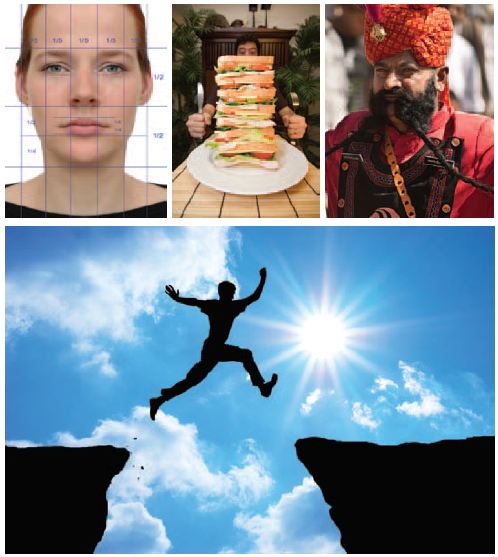The following is a small selection of sites and books worth exploring for the ideas, inspiration, and rich problems they offer.
nRich
The nRich website, created as part of the Millenium Mathematics Project (University of Canterbury), provides a wide range of investigations and ways to differentiate tasks. The site uses the term “low threshold, high ceiling” (LTHC) to describe tasks that accommodate a wide range of learners. A LTHC task has relatively easy entry points so that all students can begin it, but has scope for exploration and challenge for students are all levels. See http://nrich.maths.org/7701 for further information and suggested tasks.
The Millenium Mathematics Project has also created a series of sports-related problems. See http://sport.maths.org/content/
Math Pickle
The Math Pickle website (http://mathpickle.com/Videos.html), created by Dr Gordon Hamilton, is an excellent source of creative and challenging problems. The website includes videos, computer-assisted presentations, and downloadable files to support the activities. The problems are arranged by level, beginning with problems for kindergarten students, so there is plenty of scope for easing students into investigative problem solving.
Gordon Hamilton delights in giving students unsolvable tasks (“$1,000,000 problems”). One of his goals is to remove the stigma associated with failure and to “entice teachers to push their students over the cliff-edge of knowledge”.
Just wondering
An important shift takes place in students’ degree of participation when they become problem posers as well as problem solvers. Annie Fetter, in her talk “Ever Wonder What They’d Notice (if only someone would ask)” (https://www.youtube.com/watch?v=a-Fth6sOaRA), suggests that teachers give students “maths stories” (scenarios) that don’t have a defined problem and then ask “What do you notice” and “What do you wonder?”
A simple way to apply this is to give students an interesting image, for example:
Student responses can be used as the basis for investigations.
Dan Meyer
Dan Meyer’s short videos (mostly less than one minute) offer a creative catalyst for numerous mathematical investigations. The videos often use fun contexts such as “the world’s largest gummibear”. See http://vimeo.com/ddmeyer/videos
Meyer seldom prescribes an investigative question; sometimes he doesn’t even narrate his videos – he simply presents a visual scenario designed to awaken curiosity. In Popcorn Picker (http://vimeo.com/42501010), for example, we see him create two paper cylinders, each made from an A4 sheet of paper, which he fills with popcorn. We find ourselves wondering, “Do the two cylinders hold the same amount?” Students can explore this problem by creating their own cylinders and using popcorn as a measure.
Picture books
Children move with ease between the real and the imagined. One ALiM teacher reported that students in her group had “aha” moments when a concept was introduced using a story.
The nzmaths website has examples of picture books, organised by strand and level (see https://nzmaths.co.nz/picture-books-mathematical-content). Two examples are:
Half a Slice of Bread and Butter by Peter Durkin (ISBN 978-0-3830-3694-0)
In real life, children have many experiences of sharing. In this book, two children learn about the relative size of a half as they share food with more and more children. This book is useful for helping students to understand that as the number of shares increases, the size of the share decreases.
Math Curse by Jon Scieszka (ISBN 0-140-56381-4)
A maths teacher creates a problem for her class when she tells them maths is everywhere and that almost anything can be seen as a maths problem. The main character spends a challenging and humorous week solving real-life maths problems until she finds a way to escape the maths curse.
